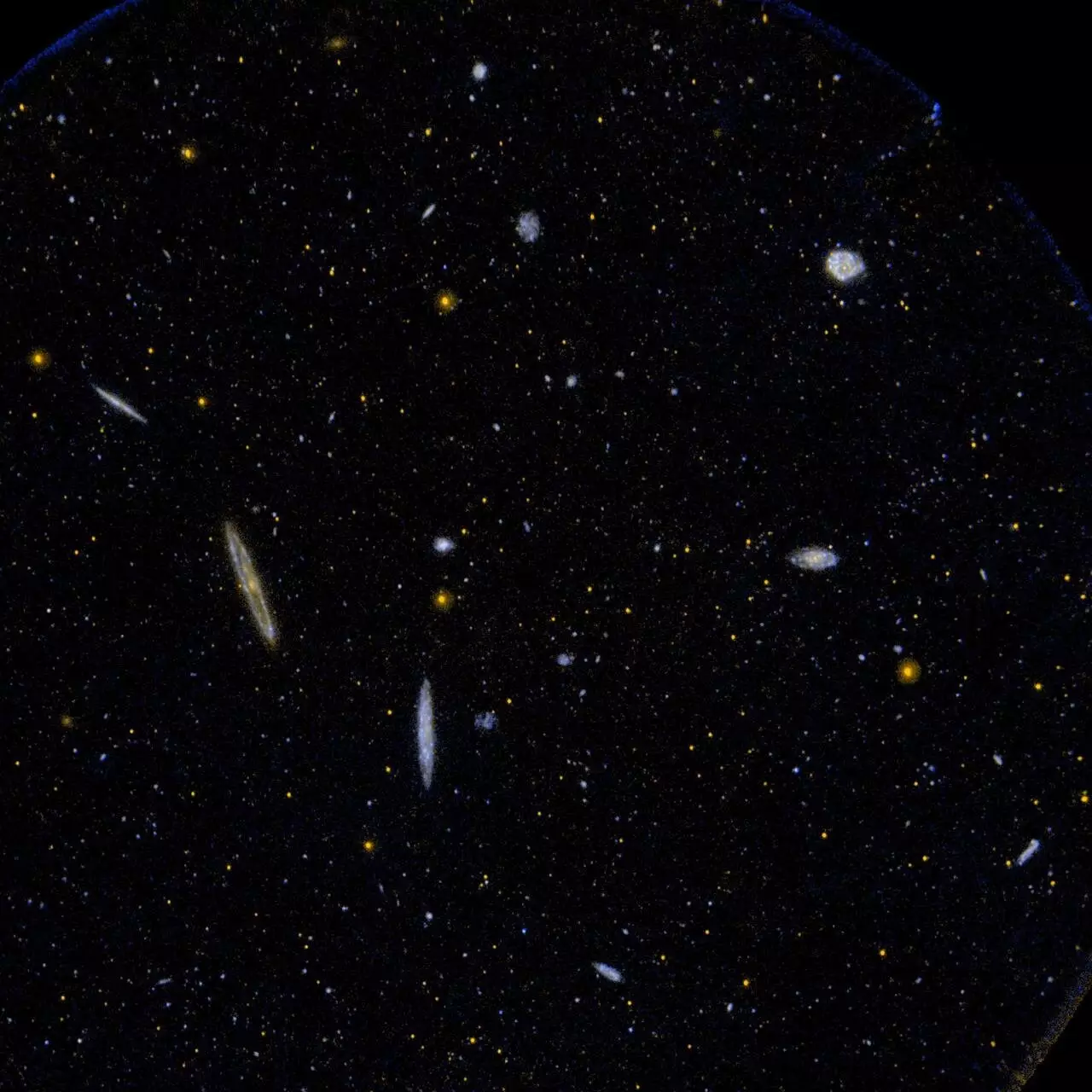Recent discoveries in astrophysics are stirring the academic pot, particularly regarding the fundamental principles that govern the universe’s behavior. The latest research, a collaborative effort between Southern Methodist University (SMU) and three other institutions, has raised provocative questions about the established theories of physics. Their findings suggest that long-held assumptions about the nature of neutrinos and their role in cosmic formation may require reinterpretation, potentially igniting a paradigm shift in how physics is taught and understood worldwide.
The researchers harnessed the power of the Dark Energy Spectroscopic Instrument (DESI), which is on a mission to build the most comprehensive 3D map of the cosmos. This tool offers unprecedented insights into the so-called baryonic acoustic oscillations—ripples in the fabric of space that are fundamental to understanding the universe’s structure. As a result, they have embarked on a promising investigation into the so-called absolute mass scale of neutrinos. Such measurements connect directly to the events that occurred shortly after the Big Bang, a critical period that shaped the universe as we know it.
Neutrinos, considered one of the universe’s most abundant yet enigmatic particles, have for years posed challenges to physicists’ comprehension. These elusive particles are notoriously difficult to study due to their minimal interaction with matter. Traditionally, cosmologists theorized that massive neutrinos acted as a counterbalance, suppressing matter’s tendency to cluster over eons of cosmic expansion. This conventional wisdom was based on a robust framework—the Standard Model of particle physics—taught in academia as a means of explaining the fundamental constituents of matter and their interactions.
However, the new findings from DESI complicate this narrative. Research led by SMU’s Joel Meyers indicates that instead of the expected suppression, the data favors a scenario where matter in the universe is more densely clumped than anticipated. This enhanced clustering challenge existing paradigms and suggests that the behavior of neutrinos may not align with previous theoretical frameworks. This dilemma brings forth a pressing question: Are we facing systematic errors in measurements, or do we exist on the brink of uncovering some entirely new physics?
The implications of these findings extend far beyond theoretical dialogues. If validated, they could necessitate significant recalibrations in how gravitational phenomena are understood at both microscopic and macroscopic levels. “Understanding these enhancements in clustering may either reveal errors in measurement or indicate entirely new physical principles we have yet to fathom,” emphasized Meyers, highlighting the crossroads of theories about our universe.
The collaborative research effort among physicists from prestigious institutions such as UC Santa Barbara and Johns Hopkins University not only spotlight these unexpected results but also encourage the scientific community to explore new avenues. Rather than discarding the Standard Model outright, these scientists propose potential adjustments or supplementary concepts that can elevate our current understanding to better encapsulate these novel observations.
Moreover, it is crucial to note that theories such as the “Hubble tension”—discrepancies in measurements of the universe’s expansion rate—parallel these developments. Both phenomena suggest that our grasp of cosmic dynamics may be more precarious than previously conceived. Hence, these discoveries encourage a collective re-evaluation of what we’ve come to accept as fundamental truths about our universe.
While definitive conclusions are still years away, this research lays the groundwork for future studies and encourages an interdepartmental approach to unveiling cosmic mysteries. Investigating factors such as systematic errors or potential new physics offers a promising path forward. The collective aim of these researchers is not only to illuminate the cosmos but to ensure that the curricula shaping future physicists adapt and remain relevant in light of emerging evidence.
As we strive to decode the enigma of celestial formation, advancements like those offered by DESI will undoubtedly play a pivotal role. They represent a leap toward pinpointing the nuances of particle interactions, ultimately enriching our comprehension of the universe’s origins. In grappling with these profound questions, the future generations of physicists may find themselves equipped with new concepts—perhaps even a revised understanding of reality itself.


Leave a Reply